
Kod: 04543370
Mammalian Dispersal Patterns
Autor B. Diane Chepko-Sade, Zuleyma Tang Halpin
Mammalian Dispersal Patterns examines the ways that social structure affects population genetics and, in turn, rates of evolution, in mammalian groups. It brings together fieldwork in animal behavior and wildlife biology with theo ... więcej
- Język:
 Angielski
Angielski - Oprawa: Miękka
- Liczba stron: 352
Wydawca: University of Chicago Press, 1987
- Więcej informacji o książce

51.73 €

Dostępna u dostawcy w małych ilościach
Wysyłamy za 10 - 15 dni
Potrzebujesz więcej egzemplarzy?Jeżeli jesteś zainteresowany zakupem większej ilości egzemplarzy, skontaktuj się z nami, aby sprawdzić ich dostępność.
Dodaj do schowka
Zobacz książki o podobnej tematyce
-
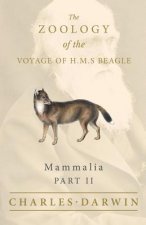
Mammalia - Part II - The Zoology of the Voyage of H.M.S Beagle
22.66 € -2 % -
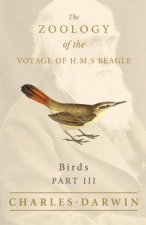
Birds - Part III - The Zoology of the Voyage of H.M.S Beagle
22.66 € -2 % -

Tribe
10.15 € -21 % -

Design for How People Think
41.77 € -26 % -

The King of Fighters XIV Ultimate Edition (PlayStation PS4)
36.48 € -
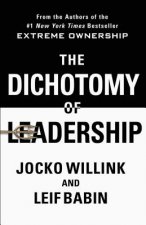
Dichotomy of Leadership
26.72 € -14 % -
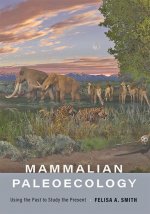
Mammalian Paleoecology
80.49 € -2 % -

Dinosaur Art II
30.38 € -28 % -
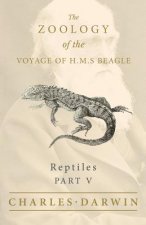
Reptiles - Part V - The Zoology of the Voyage of H.M.S Beagle
22.66 € -2 % -

Learning and Development Handbook
41.77 € -
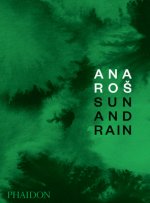
Ana Ros
61.59 € -

Supernatural Spiral Notebook
15.24 € -7 % -

Norma Kamali: I Am Invincible
26.72 € -25 % -
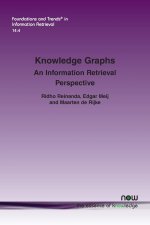
Knowledge Graphs
97.06 € -1 % -

1Q84: Book 3
10.87 € -24 % -

Path of Destruction: Star Wars Legends (Darth Bane)
8.12 € -22 % -

GENKI VOL.2 TEXTBOOK (3E ED.)
70.53 € -

The Myth of Sisyphus
8.02 € -
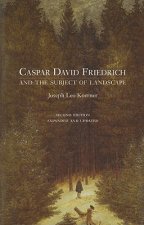
Caspar David Friedrich and the Subject of Landscape
37.19 € -

Application of Artificial Intelligence in Process Control
121.76 € -
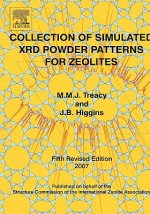
Collection of Simulated XRD Powder Patterns for Zeolites Fifth (5th) Revised Edition
232.05 € -

Dark Threats and White Knights
42.48 € -10 % -
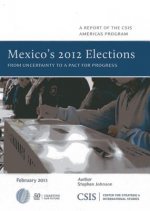
Mexico's 2012 Elections
62.20 € -

House of Five Leaves 1
10.66 € -26 % -

Log Construction
30.08 € -

Ferrari Research Center
31.09 € -23 % -

Advances In Distributed Multimedia Systems
167.71 € -

DBT Skills Training Manual
76.43 € -2 % -

Identity Theft
9.95 € -19 % -

Zoology
11.17 € -22 % -
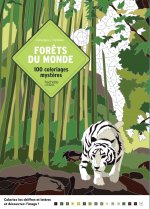
Coloriages mystères Forêts du monde
20.83 € -

IL FISCHIO DEL VAPORE
32.01 € -

Night and Sea - Band 1
6.90 € -9 % -

Obawiam się ciebie
8.22 € -19 % -

Sticker-Kreativbuch: Im Zoo
4.77 €
Bon podarunkowy: Radość gwarantowana
- Podaruj bon o dowolnej wartości, a my się zajmiemy resztą.
- Bon podarunkowy dotyczy całej naszej oferty.
- Możesz wydrukować elektroniczny bon z e-maila a następnie przekazać go obdarowanemu.
- Ważność bonu wynosi 12 miesięcy od daty wystawienia.
Więcej informacji o Mammalian Dispersal Patterns
Za ten zakup dostaniesz 129 punkty
 Opis
Opis
Mammalian Dispersal Patterns examines the ways that social structure affects population genetics and, in turn, rates of evolution, in mammalian groups. It brings together fieldwork in animal behavior and wildlife biology with theoretical work in demography and population genetics. The focus here is dispersal--whether, how, and when individuals leave the areas where they are born. Theoretical work in population genetics indicates that such social factors as skewed sex ratios, restrictive mating patterns, and delayed age of first reproduction will lower the reproductive variability of a population by reducing the number of genotypes passed from one generation to the next. Field studies have shown that many mammalian species do exhibit many such social characteristics. Among horses, elephant seals, and a number of primates, the majority of females are inseminated by only a fraction of the males. In pacts of wolves and mongooses, usually only the highest-ranking male and female breed in a given season. Although socially restricted mating tends to lower genetic variability in isolated populations, it actually tends to increase genetic variability in subdivided populations with low rates of migration between subunits. Among some species there is little dispersal and thus little gene flow between subpopulations; other species travel far afield before mating. The contributors to this volume examine actual data from populations of mammals, the way patterns of dispersal correlate with the genetic structure of individuals and populations, and mathematical models of population structure. This interdisciplinary approach has an important bearing on work in conservation of both wildlife and zoo populations, for it shows that the home range and the population size needed to maintain genetic variability can differ greatly from one species to the next. The volume also offers a fruitful model for future research.
 Szczegóły książki
Szczegóły książki
Kategoria Books in English Mathematics & science Biology, life sciences Zoology & animal sciences
51.73 €
- Pełny tytuł: Mammalian Dispersal Patterns
- Podtytuł: The Effects of Social Structure on Population Genetics
- Autor: B. Diane Chepko-Sade, Zuleyma Tang Halpin
- Język:
 Angielski
Angielski - Oprawa: Miękka
- Liczba stron: 352
- EAN: 9780226102689
- ID: 04543370
- Wydawca: University of Chicago Press
- Waga: 566 g
- Wymiary: 200 × 200 × 20 mm
- Data wydania: 01. December 1987
Ulubione w innej kategorii
-

Raptors of the World: A Field Guide
44.41 € -10 % -

How Snakes Work
94.11 € -
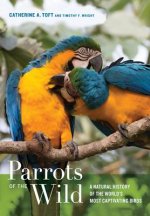
Parrots of the Wild
36.38 € -10 % -

Birds of Mongolia
38.21 € -9 % -
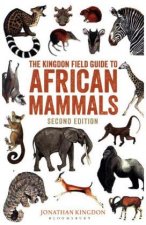
Kingdon Field Guide to African Mammals
44.41 € -10 % -
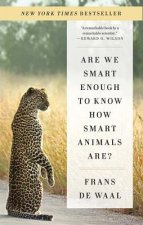
Are We Smart Enough to Know How Smart Animals Are?
13.41 € -

Wolves
31.60 € -
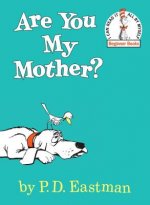
Are You My Mother?
8.22 € -28 % -
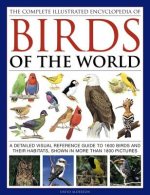
Complete Illustrated Encyclopedia of Birds of the World
21.84 € -23 % -
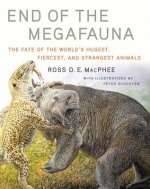
End of the Megafauna
28.15 € -22 % -

Birds of Argentina and Southwest Atlantic V 1
32.52 € -24 % -
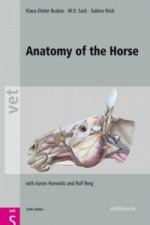
Anatomy of the Horse
99.71 € -

Snakes of Europe, North Africa and the Middle East
25.81 € -22 % -

In The Shadow Of Man
17.88 € -2 % -
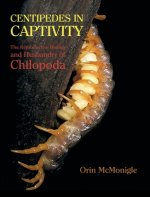
Centipedes in Captivity
65.35 € -
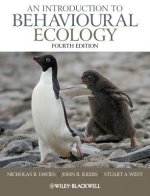
Introduction to Behavioural Ecology 4e
107.43 € -
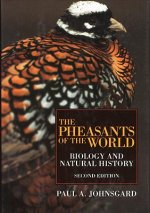
Pheasants of the World
56.51 € -4 % -
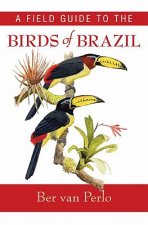
Field Guide to the Birds of Brazil
44.92 € -5 % -

Bee Quest
9.75 € -27 % -

Millipeds in Captivity
60.47 € -
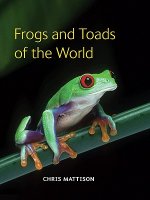
Frogs and Toads of the World
26.01 € -16 % -

Breeding the World's Largest Living Arachnid
72.16 € -
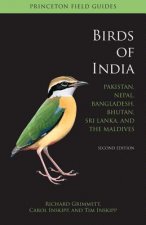
Birds of India
30.28 € -25 % -
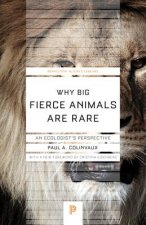
Why Big Fierce Animals Are Rare
15.44 € -23 % -
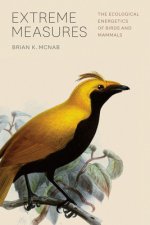
Extreme Measures - The Ecological Energetics of Birds and Mammals
59.25 € -

Kanadische Küstenwölfe (Wandkalender 2025 DIN A4 quer), CALVENDO Monatskalender
21.23 € -9 % -

Der Luchs - scheuer Jäger (Wandkalender 2025 DIN A4 quer), CALVENDO Monatskalender
21.23 € -9 % -

Book of Eggs
63.82 € -
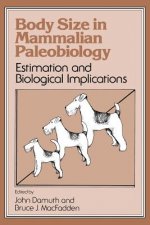
Body Size in Mammalian Paleobiology
68.50 € -

Silken Windsprite im Portrait (Tischkalender 2025 DIN A5 hoch), CALVENDO Monatskalender
20.32 € -9 % -

Majestätische Löwen - Die Herrscher der Wildnis (Tischkalender 2025 DIN A5 quer), CALVENDO Monatskalender
20.32 € -9 % -

Status of Conservation and Decline of Amphibians
127.05 € -

Faszination Husky (Tischkalender 2025 DIN A5 quer), CALVENDO Monatskalender
20.32 € -9 % -

Elegante Silken Windsprite (Tischkalender 2025 DIN A5 quer), CALVENDO Monatskalender
20.32 € -9 % -

Husky Faszination (Wandkalender 2025 DIN A4 quer), CALVENDO Monatskalender
21.23 € -9 % -
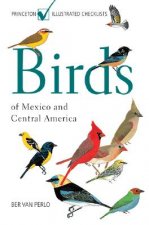
Birds of Mexico and Central America
23.98 € -27 % -
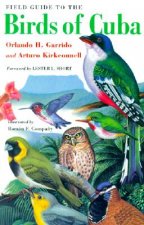
Field Guide to the Birds of Cuba
23.06 € -25 % -

Essentials of Clinical Anatomy of the Equine Locomotor System
75.41 € -3 % -
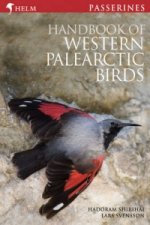
Handbook of Western Palearctic Birds
146.06 € -21 % -
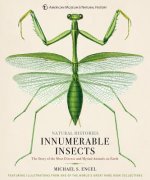
Innumerable Insects
22.45 € -28 % -

Birds of Japan
44.41 € -10 % -

Fishes of Indiana
23.57 € -4 % -
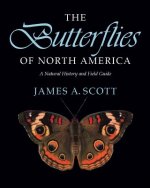
Butterflies of North America
51.22 € -22 % -

Fishes of the Maldives
52.24 € -5 % -
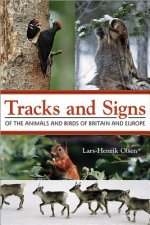
Tracks and Signs of the Animals and Birds of Britain and Europe
31.81 € -4 % -

Zoo Animals
62.30 € -
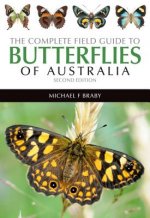
Complete Field Guide to Butterflies of Australia
45.93 € -

Bach Flower Remedies For Animals
20.42 € -28 % -
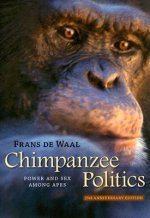
Chimpanzee Politics
37.09 € -1 %
Collection points Bratislava a 2642 dalších
Copyright ©2008-24 najlacnejsie-knihy.sk All rights reservedPrivacyCookies


 15549 collection points
15549 collection points Delivery 2.99 €
Delivery 2.99 € 02/210 210 99 (8-15.30h)
02/210 210 99 (8-15.30h)